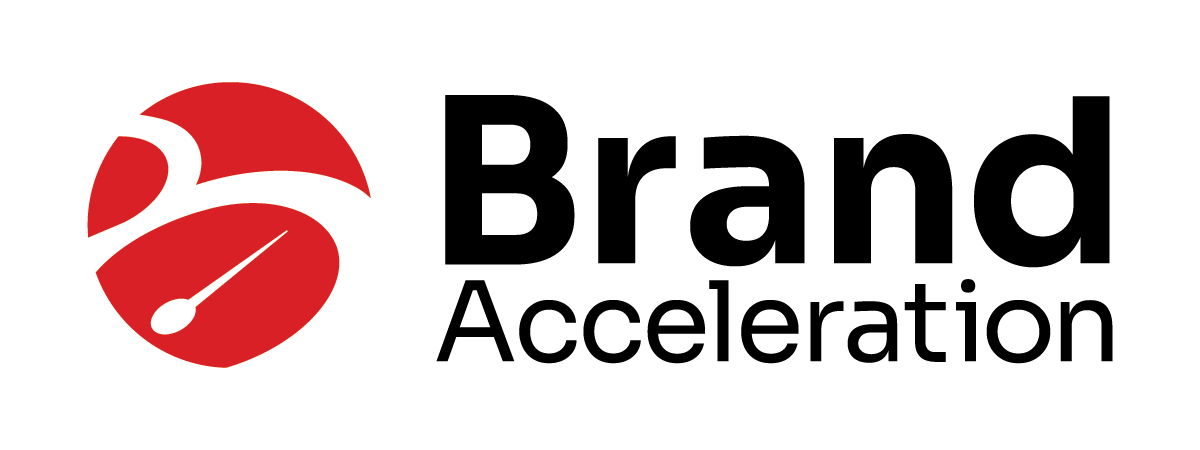If you’ve ever been involved in the process of developing a community logo, then you know it can be a challenging experience. I’ve been through it many times and I can tell you it’s never easy. It’s a very important exercise and it really shouldn’t be easy. It’s too important.
First, I think it’s important to clarify the difference between a logo and a brand. Your logo is not your brand.
A brand is an emotional thing. For a community, it is the feeling someone has when he or she hears, sees, or thinks about the community. For example, when you hear the name “Orlando” you probably think about Disneyworld, SeaWorld, or other touristy things the area offers. That immediate feeling or expectation is Orlando’s brand.
A logo is meant to be a visual representation of the brand. It’s a brand stimulus, but it is not the brand. In other words, when someone sees the logo, that person should experience the same feeling when he or she hears the name. Like Pavlov’s famous dogs, our dog, Gracie, salivates at the sight of McDonald’s arches. She knows she’s going to get a four-pack of Chicken McNuggets
When embarking on a mission to develop a new logo for your area, there are a few things you should consider:
1. Have realistic expectations
One of the biggest mistakes you can make is expecting too much of your logo. Don’t try to make it a visual representation of everything you offer. Can a logo really tell your story of workforce, education, quality of life, a business friendly environment, and great transportation assets? No. Can you imagine what Nike’s logo would look like if they expected it to show a shoe, shirt, hat, and every other product the company sells?
Keep your logo simple, clean, and professional. How you represent your community in ads, websites, and your face-to face activities will build an image, anchored by a great logo.
2. Hire a professional designer
Simply owning design software does not a designer make. Stay away from those lo-price online logo design services and from the likes of your printer. True design professionals are highly skilled and educated in the art and science of logo development. This is too important to trust to whoever offers the lowest price. Do it right or don’t bother.
3. Remember that you are not the audience
Since the real audience for economic developers is made up of site consultants, c-suite executives, and real estate brokers, to name just a few, doesn’t it make sense to design for them? Don’t get caught up in selecting a logo concept that appeals to you, your board, or your marketing committee. They will likely have a say in the final selection, but the audience should be your first consideration.
4. Don’t copy other logos
How many logos have you seen that look remarkably like another one? It’s not uncommon at all when someone just loves another company or community logo to copy, or borrow, visual elements. Why would you ever spend good money to present a logo that will make the viewer think of someplace else? Plus, it’s illegal and just plain wrong.
5. Keep it simple
Whatever you do, keep your logo simple, clean, and easy to reproduce. Very fine lines, quirky fonts, challenging colors, and highly-detailed graphics will create serious reproduction challenges.
When reviewing concepts, look at them as very large (banners and signs) and very small (business cards) sizes to see how they look.
Another important thing to remember is that like a great website, a beautifully-designed logo is a waste of money if you fail to support it with a well-funded and well-thought-out marketing communications program.
Getting a new logo is a very important decision, one that should not be taken lightly. Find a company or person that understands your brand and your audience. It’s about much more than design. It’s a marketing decision that will be part of your organization for years.
Do you have suggestions to add to my list? Feel free to chime in.
